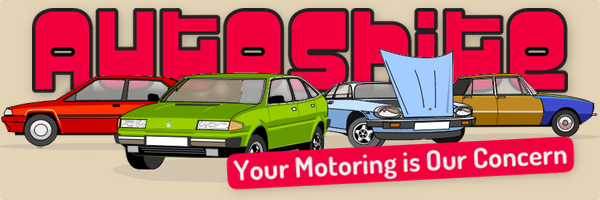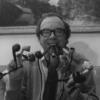Cars you didn't know existed until very recently.
-
Similar Content
-
- 42 replies
- 4,747 views
-
80s cars that didn't rust 1 2 3
By grogee,
- 73 replies
- 6,508 views
-
- 84 replies
- 6,983 views
-
Cars you didn't like when they were new, but kind of like now... 1 2 3
By FakeConcern,
- 63 replies
- 3,391 views
-
- 137 replies
- 17,725 views
-







Recommended Posts
Create an account or sign in to comment
You need to be a member in order to leave a comment
Create an account
Sign up for a new account in our community. It's easy!
Register a new accountSign in
Already have an account? Sign in here.
Sign In Now